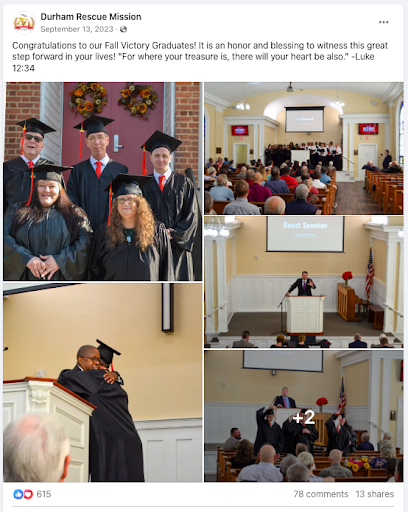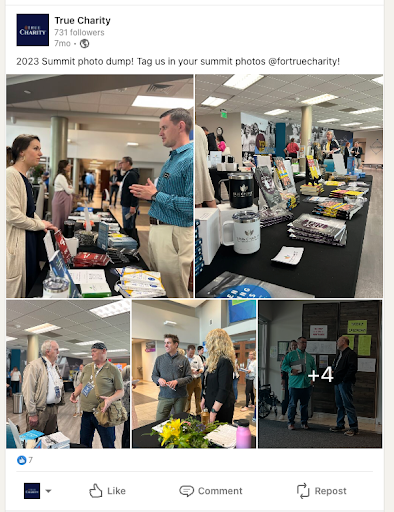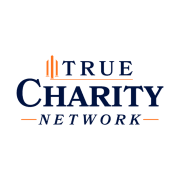 SONYA STEARNS
SONYA STEARNS
Network Manager
Read more from Sonya
Listen to this article:
You’ve heard about it. You’ve seen the reports. Maybe you’ve witnessed it in your social circles. Loneliness and isolation are at epidemic levels and recent data proves it.
The issue is so troubling that U.S. Surgeon General Vivek Murthy has sounded the alarm, calling attention to the need for social connection. In fact, his 2023 Report’s subtitle is “The Healing Effects of Social Connections and Community.” It addresses the detriments loneliness has on personal health and offers specific suggestions for a targeted federal response.
However, True Charity believes a local approach yields more fruit. We know the principle of subsidiarity should be implemented first and foremost. That is, cure the ailment by seeking help from those closest to the situation (family, friends, churches, and local nonprofits) – something we call affiliations.
While all segments of society suffer from loneliness and alienation, one struggles at a much higher rate: those in poverty. Consequently, those devoted to serving the poor should consider new and innovative measures to cure this epidemic.
To start, it’s important to recognize that people in poverty generally have smaller social networks than the public. They are “relationship poor” because many are unemployed or underemployed. Thus, they have fewer opportunities for authentic community found in the workplace.
Data shows they don’t attend church as much as in the past and, therefore, lose a considerable source of social capital. Financial pressures and past decisions can create circumstances that strain family ties and friendships. Multiply that by neighborhoods and communities, and the picture seems hopeless.
But we can offer hope through relationships. Implementing some not-so-hard strategies to rid our neighbors of this scourge is possible.
If you work for or serve a local nonprofit or church, here are some significant ways you can help your neighbors.
1. Build programs that encourage interdependence and sincere relationships.
Evaluate your programs to ensure they promote relationships.
-
- Start a mentoring program where both (or all) parties maintain mutual support and respect for each other’s roles. True Charity’s Mentoring Model Action Plan (available to network members) can help.
- Train others (or be trained) in relational charitable practices. Our Beyond Volunteering Video Training is a great place to start.
- Schedule a monthly potluck dinner with volunteers, staff, and the people you serve—with only fellowship and fun on the agenda.
2. Regularly host “front door opportunities” as a significant first step toward building relationships.
In other words, hosting events and activities is important, but planning and strategic follow-up is the key to real help and life change.
True Charity Network Member “Partners in Hope” (PIH) of Austin, TX, focuses their entire ministry on those in isolation. PIH’s executive director, Matt Peacock, says we should think of events as progressing toward building a relational bridge. “In my experience, these folks do not lack invitations to events and activities. We can create incredible opportunities that could greatly impact people–but don’t rely on the attraction of the activity. Plan as much as possible, then build relationships with those wanting to be there. It takes time and investment to build that bridge.”
-
- Station ministry representatives and/or leaders strategically. Make sure they are available to extend the hand of genuine fellowship and learn people’s names and backgrounds.
- Offer light refreshments at small tables after the service or event to make it natural to meet others.
- Host a “Longest Night Service” on the winter solstice (also called “Blue Christmas”) for those who have lost a loved one or others struggling with loss. True Charity Network Member, Schweitzer Church of Springfield, MO, has hosted one for years.
- Connect individuals to other great programs such as Grief Share, Open Table, Celebrate Recovery, and Ace Overcomers.
3. Use “front door” mutual interests to connect volunteers, staff, and/or church members to isolated individuals.
These might cover sports, cooking, gardening, child-rearing, reading, carpentry, etc. – anything that provides the opportunity for community helpers, staff, and volunteers to regularly meet with and/or serve those in poverty.
Ideas include:
-
- Monthly game day get-togethers
- Cooking classes
- Community beautification days
- Playground dates for parents
- Reading books to young children during a “story hour”
- Serving widows, the elderly, and the disabled by helping with home maintenance, errands, etc.
4. Design a network of businesses and private citizens open to hiring unemployed individuals for full-time employment, ongoing part-time work, or odd tasks.
Again, Matt Peacock from PIH says providing an introduction isn’t enough. “Giving someone a phone number, email, or website address is rarely helpful. But making a personal introduction has power … [it’s] one of the simplest yet most profound ways we can help.”
In other words, don’t just open a door. Walk through it with individuals by scheduling a coffee date, lunch, or onsite visit with all parties involved. And don’t worry if the job is just a “one-off.” One connection could pave the way for future opportunities.
5. Build relationships with one or two individuals on a deeper level—and in their territory.
All of us need genuine relationships to navigate life. Commit to building a deeper bond with just one or two people in need. And make sure you enter their world.
-
- Have dinner in their home, where everyone contributes to the meal (and the clean-up).
- Share an activity based on mutual interests (fishing, cooking, pickleball, basketball, nature walks, etc.). Consider learning a new sport or skill together.
- Meet weekly for coffee or ice cream in their neighborhood.
- Read a short book, complete a Bible study, or do online training together, meeting at least once a week to discuss your progress.
- Life Deck is a simple-to-use relationship-building tool that can help you get started in any context.
Each of us can offer some type of cure for the isolation epidemic. What help will you give? What hand can you extend? What hope will you offer? No matter what you decide, relationships should be at the center of your care plan.














